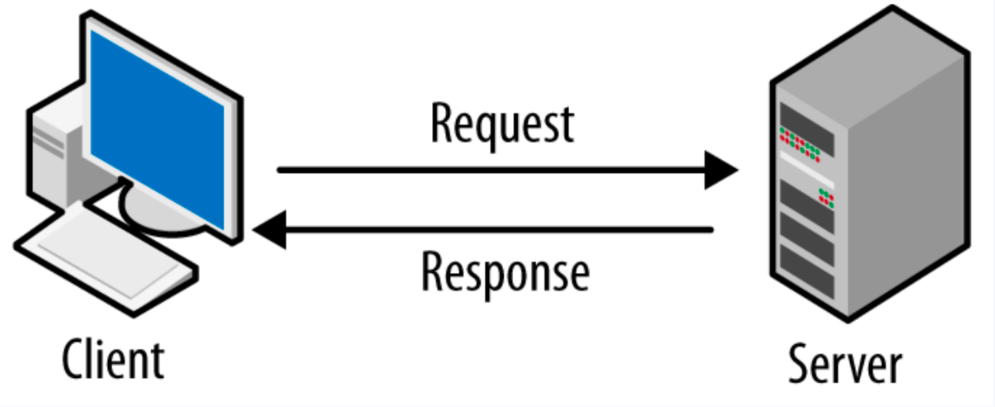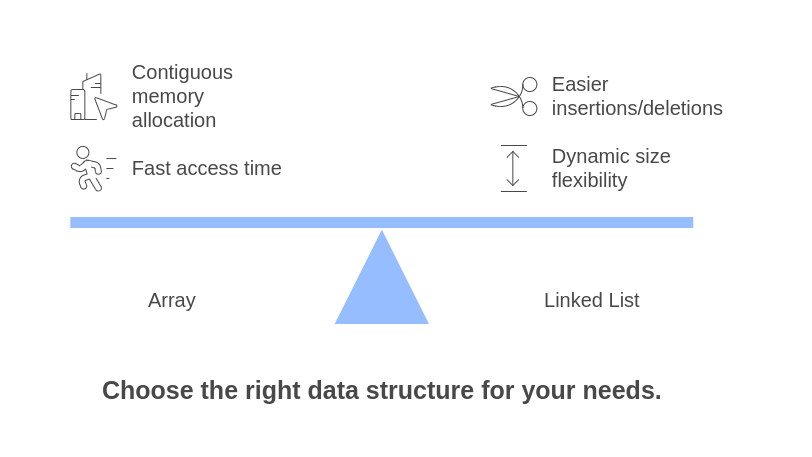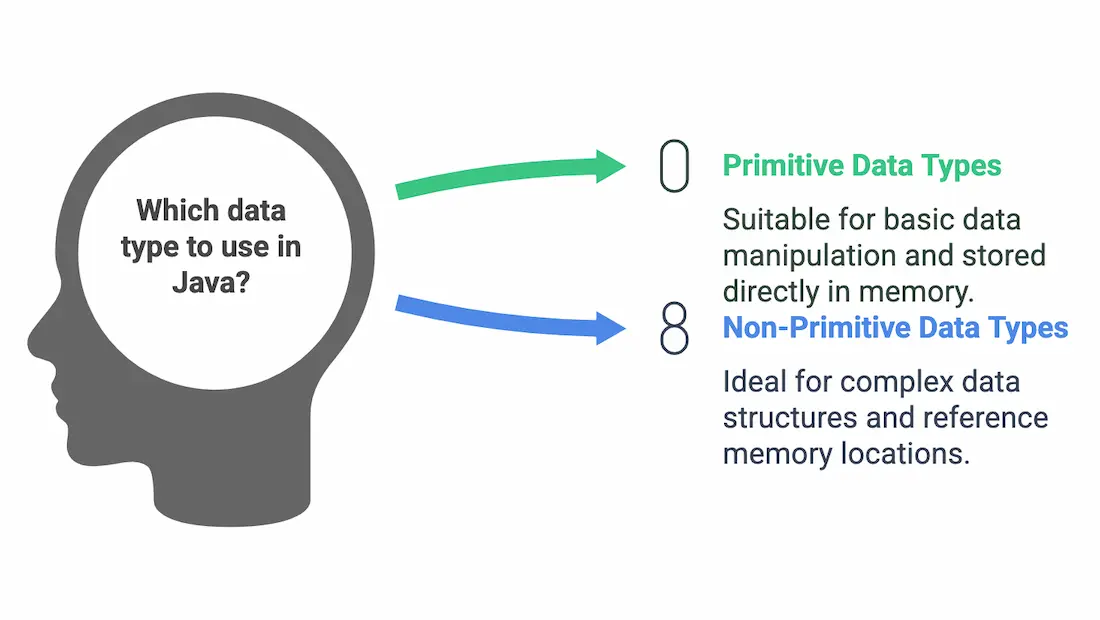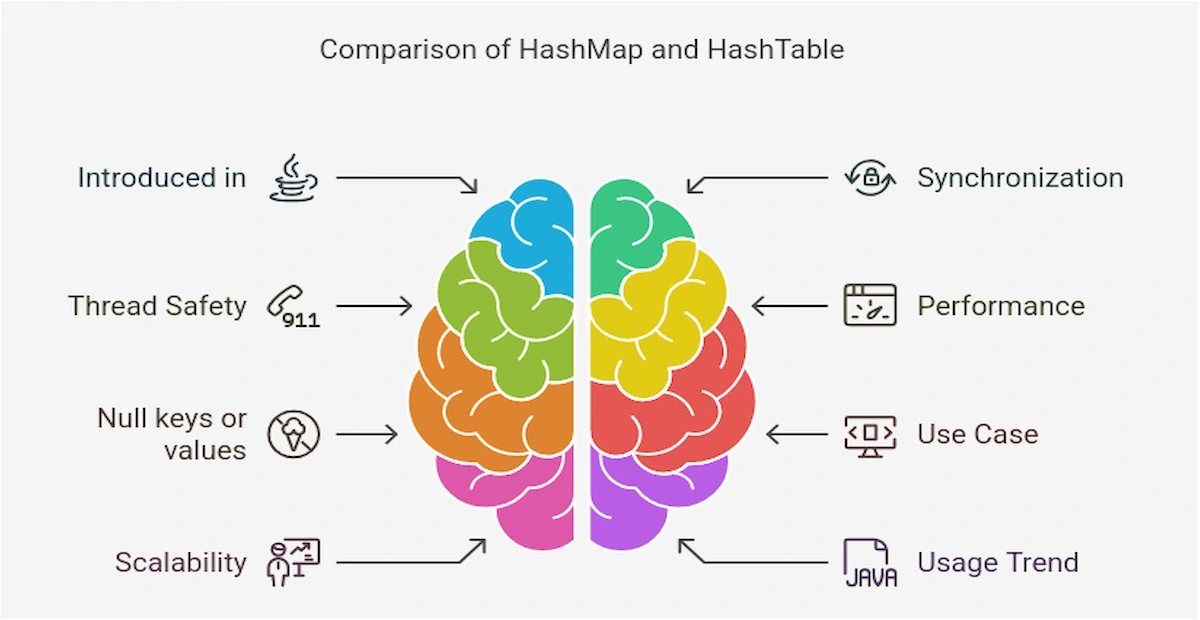- 1. What is Client-Server Architecture
- 2. Components of Client-Server Architecture
- 3. Characteristics of Client-Server Architecture
- 4. How Does Client-Server Architecture Work?
- 5. What Are Some Examples of Client-Server Architecture?
- 6. Types of Client-Server Architecture
- 7. Advantages and Disadvantages of Client-Server Architecture
- Conclusion
- Frequently Asked Questions
Client-server architecture is an essential concept in information technology (IT). It helps to organize and manage tasks over a network by dividing the work between two main parts: clients and servers.
Clients are the devices (like your computer or phone) requesting data or services, and servers are the central computers that provide the Client's requests. This system has become essential for many things we use every day, like online banking and web applications.
In a client-server setup, clients and servers communicate over a network, working together to complete specific tasks. This system is commonly used in everyday services like e-commerce, email, online banking, and websites.
In this post, we’ll take a closer look at client-server architecture, how it works, its key components, types, and some real-world examples.
Suggested Resource for Getting Started
To make learning enjoyable, check out the Free Cloud Computing Architecture course from Great Learning. This beginner-friendly course introduces the fundamentals of cloud computing and covers all essential concepts to help you master the subject.
1. What is Client-Server Architecture

The Client-Server model distributes tasks amongst two “entities”: a server that provides services and resources and a client that consumes them. The main task typically performed over the server is servicing the requests for resources or services coming from the Client.
Example:
Let us consider a client/server web browser system where the browser attempts to access a certain page residing on a server of a specific website. In the beginning, the server handles the load request to retrieve the page that has been requested. Upon the successful completion of this process, the page is sent for viewing in the browser.
2. Components of Client-Server Architecture
The Client:
A client is any application or device that requests data or services, like desktop software, a mobile app, or a web browser.
For example, when you use the Chrome browser on your smartphone to browse the internet, your phone is acting as the Client.
The Server:
On the other hand, a server is a CPU or a software system that is more powerful than a client which acts as an operating system for architecture. It stores programs and manages resources and services for clients.
For example,When the Client sends a request so in response a database server holds information and serves a client application.
3. Characteristics of Client-Server Architecture
3.1. Centralized Resources and Control
Databases, files, and programs are among the resources that servers centrally manage and control in a client-server architecture. Because of this centralization, the server can manage access, oversee data security, and update services and software all from one location.
3.2. Separation of Responsibilities
Client-server architecture clearly separates concerns between the Client and the server. The Client handles the user interface and local processing (e.g., input/output operations), while the server handles backend processes like data storage, authentication, and heavy computational tasks.
- Client Responsibility- The responsibilities of the Client are User interaction, display of information, and sending requests.
- Server Responsibility- Processing requests, managing data, security, and services.
3.3. Scalability
The client-server architecture is highly scalable, allowing the system to handle increasing numbers of clients or workloads by adding more servers (horizontal scaling) or upgrading the server’s resources (vertical scaling). Clients can be added without major reconfigurations.
3.4. Security
In Client-Server Architecture, security is primarily managed at the server level.The server manages who can access certain data or services, making sure only authorized users can get to them. To keep everything secure, techniques like encryption, authentication, and firewalls are often used to protect data transfers and control access to the server.
4. How Does Client-Server Architecture Work?
The Client-Server Architecture works on a request-response cycle. This cycle has three components: emotional output, emotional processing, and emotional arts.
Let’s consider each of these components in detail.
4.1. Request:
A user (Client) sends a request or asks for information/service from the provider(s) (server). This request is generally made over the Internet or a local area network.
4.2. Processing:
The server receives the request, takes action on it, and generates a response (e.g., data is retrieved, computations are processed, etc.).
4.3. Response:
The requested information or any other results are uploaded back to the server from which the Client is located, and the data is processed and presented to the end user.
For example, whenever you try to Google something, a search query is always made over to Google’s database through your browser. After receiving and processing the users’ request, the requested information in search results is displayed by the browser.
5. What Are Some Examples of Client-Server Architecture?
5.1. Web Surfing:
Example: When you browse the internet (like Googling something or opening a webpage), your web browser (like Chrome, Firefox, or Safari) acts as the Client.
How It Works: You type a web address (like www.greatlearning.com) or click a link, and your browser sends a request over the internet to the web server that hosts that website. The server stores all the files, images, and data that make up the website. The server processes your request and sends the website’s data back to your browser, which then displays it for you to view and interact with.
5.2. Email Applications:
Example: When you use an email app like Gmail, Yahoo Mail, or Microsoft Outlook, your app is the Client, and the email provider’s system is the server.
How It Works: When you log in to check your emails, your email client (Gmail or Outlook) sends a request to the email server asking for any new emails. The server responds by sending the latest emails to the Client, which displays them in your inbox. Similarly, when you send an email, your email client forwards it to the email server, which then delivers it to the recipient’s email server.
5.3. Internet Gaming:
Example: In online multiplayer games like World of Warcraft or Fortnite, the game on your computer or console is the Client, and the game company’s server manages all the game data and activities.
How It Works: When you log in to play the game, your game client (like Fortnite on your PlayStation) connects to the game’s central server, which manages everything happening in the game world-such as other player's actions, real-time events, and game rules. As you play, your Client sends information about your character’s actions (like moving, fighting, or chatting) to the server. The server processes these actions and then sends back updates to show what’s happening in the game world (like other players moving or attacking).
6. Types of Client-Server Architecture
We can also implement the Client server architecture in DBMS with the types mentioned in the following.
The Client-Server Architecture can be categorized into different types, which include the following :
- 1-Tier Architecture: This involves both the Client and the server being held in a single computer, such as a standalone computer, with internal databases, such as a desktop application.
- 2-Tier Architecture: This involves the Client communicating directly with the server. An example is an application that links to a distant database.
- 3-Tier Architecture: This includes a client, a server system, and an extra layer like web services or even an API. A good example is a web-based application browser/user interaction with an application web server and another database/web service.
- N-Tier Architecture: This is a more complicated version where there are more than two layers or tiers. It is usually applied in large-scale enterprise applications.
7. Advantages and Disadvantages of Client-Server Architecture
Advantages
1. Easier Management and Maintenance
In a Client-Server Architecture, managing resources such as data, software updates, and security can be done centrally from the server. This means IT administrators can monitor, update, and secure the system from one location, rather than having to manage each Client individually. This centralized control reduces the time and effort needed to ensure that everything is functioning correctly.
2. Scalability – Simplified Storage and Client Expansion
As the demand changes for more resources grows (like more data storage or increased traffic), it's easy to expand the system by adding more clients or upgrading the server. If the number of users or data grows, administrators can add extra storage or servers to distribute the workload without disrupting the overall system.
3. Enhanced Security and Confidentiality
Since data and critical resources are stored on the server rather than distributed across all clients, it's easier to implement strong security measures like encryption, firewalls, and access control. Administrators can ensure that sensitive data is protected and user access can be managed effectively from a central location.
4. Optimized Performance
Servers are typically powerful machines designed to handle heavy workloads. In Client-Server Architecture, the server is optimized to perform complex tasks, such as database queries, application processing, or large-scale computations, leaving the Client with minimal work. Clients just send requests to the server and display the results.
Disadvantages
1. Single Point of Failure
One big downside of Client-Server Architecture is that everything depends on the server. If the server goes down due to technical issues, crashes, or cyberattacks, all users lose access to the services and data. This can cause long delays until the server is fixed.
2. High Initial and Maintenance Costs
Setting up and maintaining servers can be expensive, especially for small businesses. You need to buy powerful server hardware, install networks, and hire people to manage and secure everything, which takes a lot of money. Moreover, ongoing maintenance costs, including server upgrades, power, cooling, and network security, can add up over time.
3. Server Overload – Performance Degradation
If the number of clients (users or devices) exceeds the server’s capacity, the server can become overloaded, leading to slow response times, delays, or even system crashes. This issue arises when the server is not designed to handle large volumes of simultaneous requests, leading to performance bottlenecks.
If you want to learn more about the different types of architecture, you can go with these articles:
Conclusion
The concept of client-server architecture is very crucial for all computer systems. It facilitates smooth client communication with the servers over a network. If one is surfing the internet, checking an email, or engaging in a multiplayer game, one is more often than not using this architectural design.
Though it has disadvantages like costs, scalability issues, and others, a network-based architecture is more favorable for the majority of current-day applications.
Frequently Asked Questions
Ans: A client is an individual or a program seeking resources or services, while a Server is a machine that fulfills such resource or service requests.
Ans: Over the network, a client requests the server. The server then performs the operation, obtains the required information, and returns it to the Client.
Ans: Client-server architecture is a network design model that separates tasks between two main components: clients and servers. The Client (such as a computer or smartphone) sends requests for data or services, while the server (a more powerful computer) processes these requests and provides the requested resources. This setup is widely used in applications like email, websites, online banking, and e-commerce, allowing efficient resource management and communication over a network.
Ans: Client-server means that the server is dedicated to providing services while clients consume them. P2P means each user is a participant both as a requester and a supplier of resources without a concentrated server that, in principle, exists in a client-server system.
Ans: Client architecture is a computer network model where clients send requests to a server, which then processes the requests and sends results back to the clients. This model is also known as client-server architecture, client-server network, or networking computing model.
Ans: Yes, a server is intended to cater for various clients’ requests the very moment. This is the reason as to why the servers are designed to be powerful than the client machines and have a higher capacity scalability.






